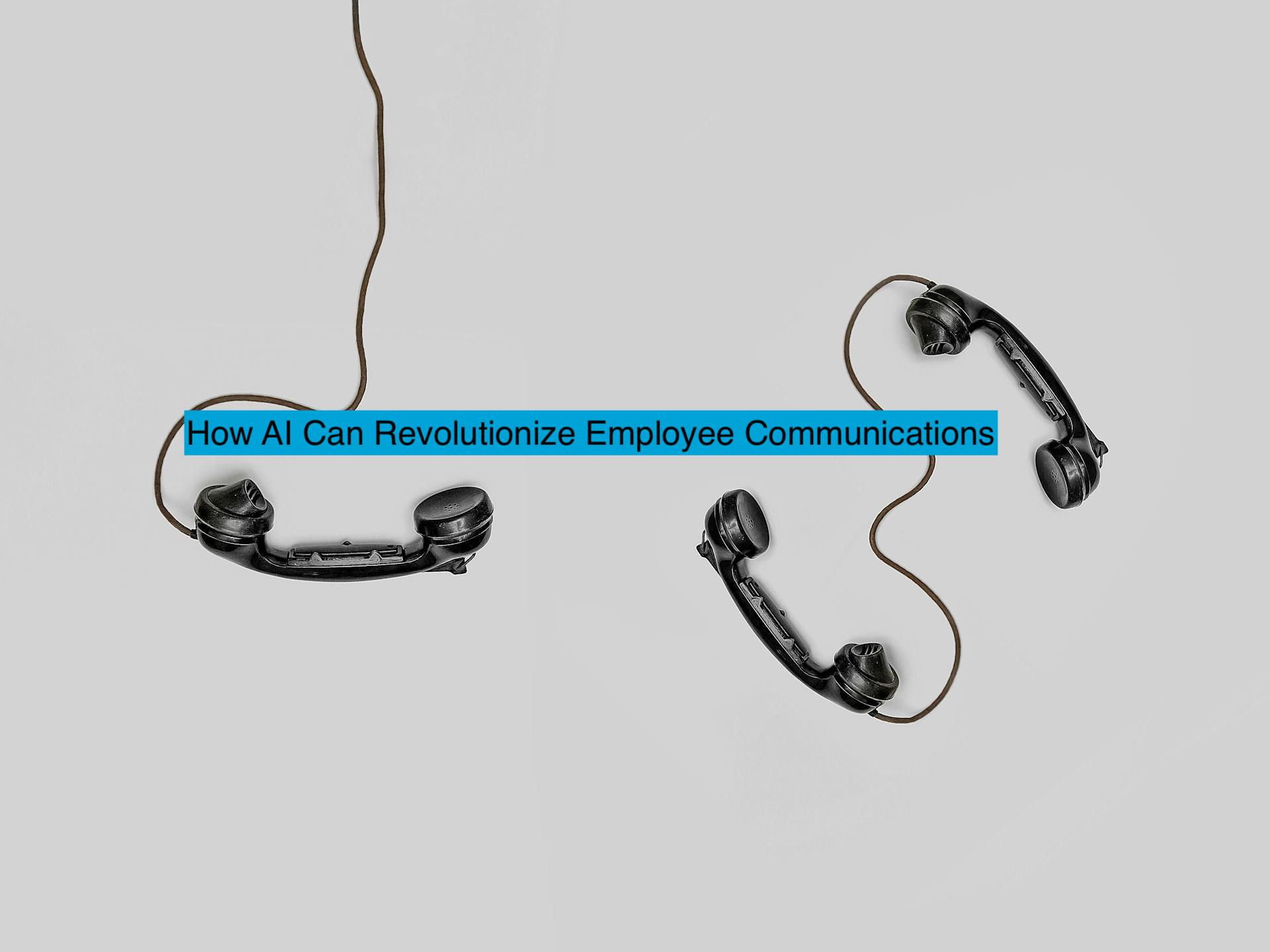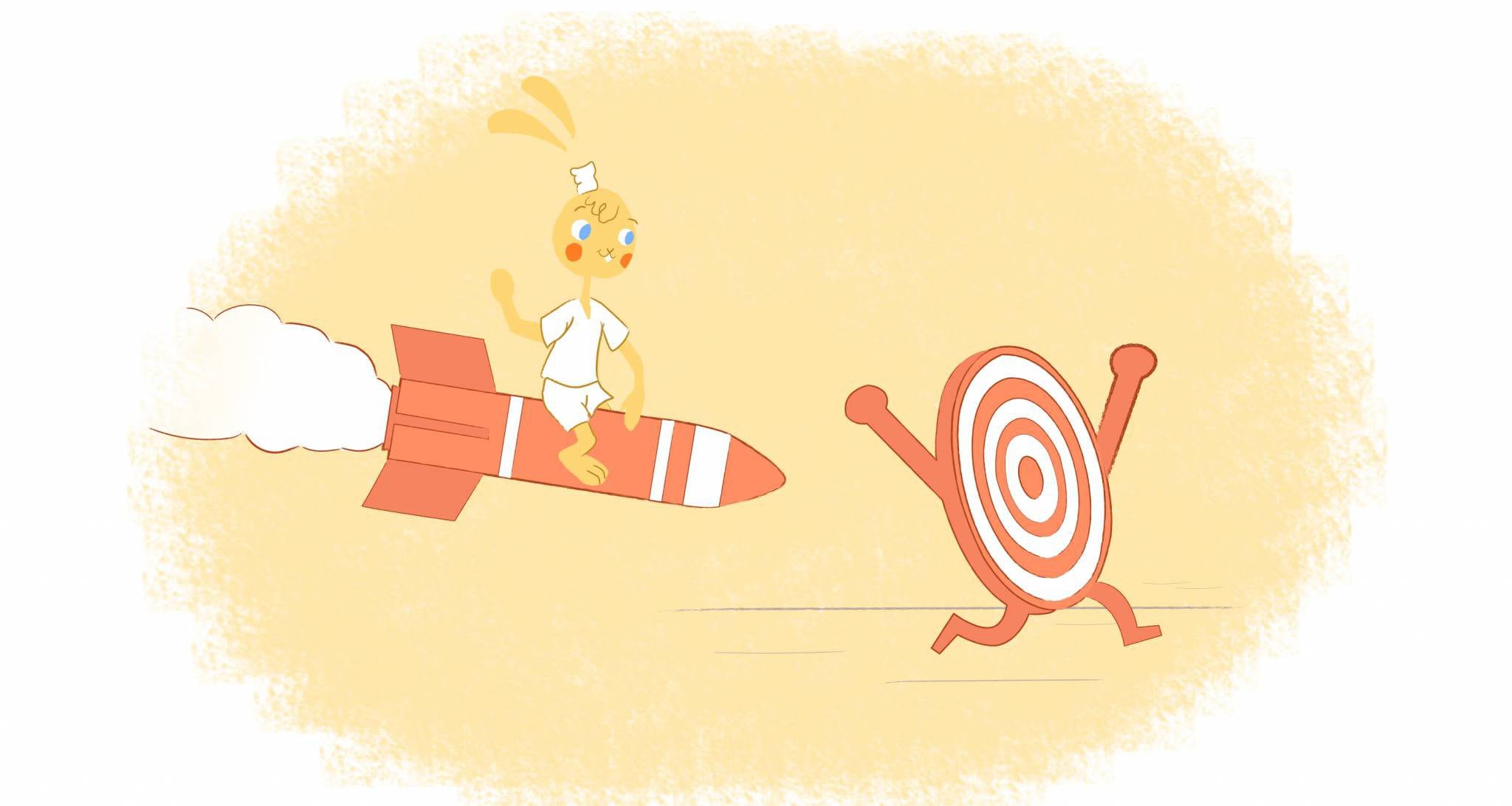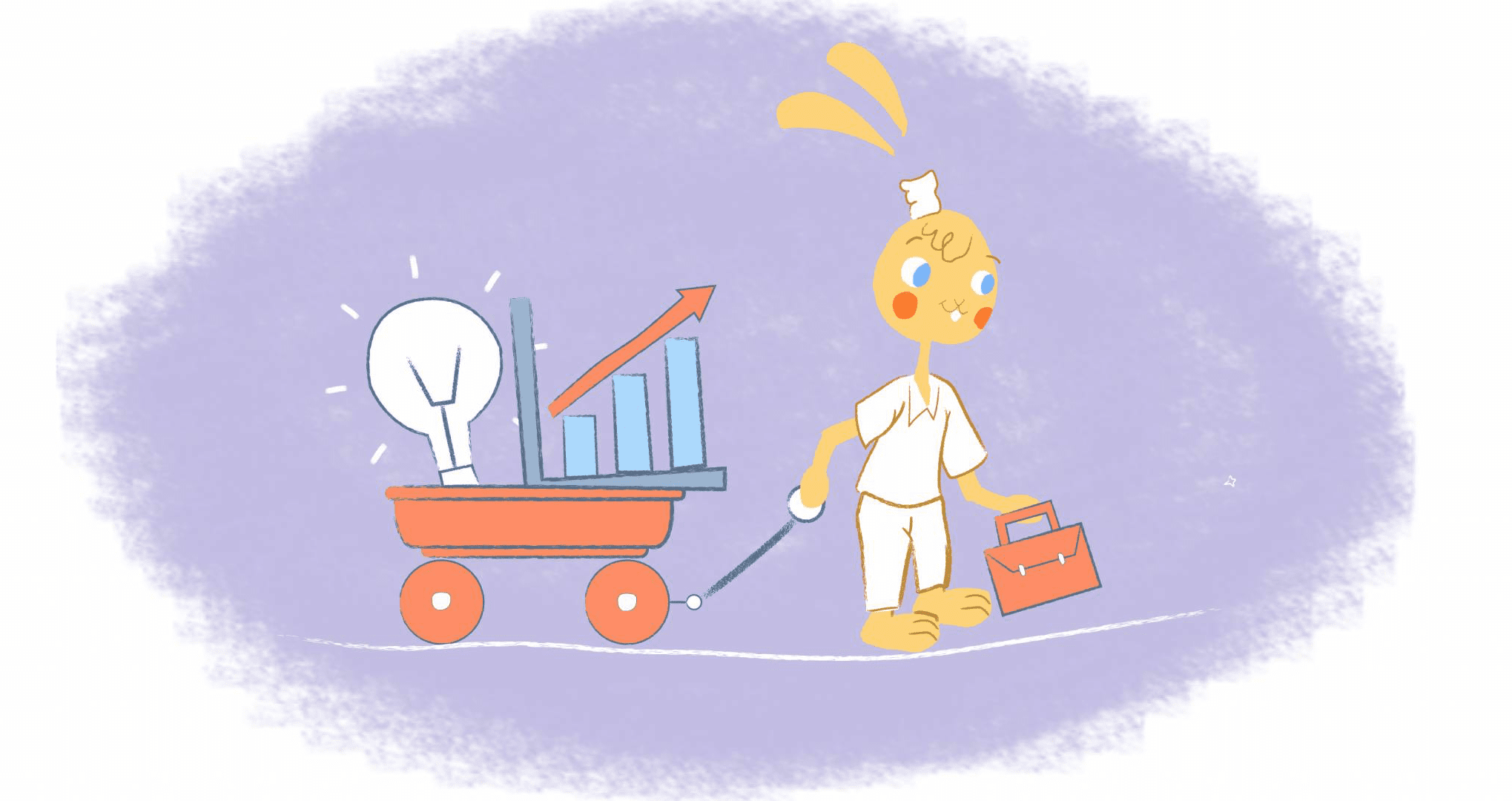

Make no mistake about it — the lifeblood of any organization is communication. You can think of it as the invisible thread that ties teams, ideas, and success together. However, effective communication remains a constant challenge in today’s hyper-connected world. With siloed departments and geographical barriers, information overload can deter productivity, damage trust, and disengage employees.
This is where Artificial Intelligence (AI) can make all the difference in the world.
The use of artificial intelligence in employee communication is no longer confined to science fiction. Whether it is intelligent chatbots or personalized feedback platforms, AI tools are emerging as powerful allies in building a culture of open communication and collaboration.
In fact, McKinsey & Company found that nearly one-quarter of surveyed C-suite executives are using gen AI tools personally, and more than one-quarter of respondents from companies that use AI say that gen AI is already on their boards’ agendas. In addition, 40% of respondents said their organizations will invest more in AI overall due to advances in generational AI.
As such, let’s explore some key ways AI transforms communication within organizations.
1. Dismantling the silos of communication.
Suppose employees across departments, geographical boundaries, and even different time zones could seamlessly exchange information and collaborate. With AI-powered communication platforms, this is completely feasible. Several examples include translating languages automatically, summarizing complex documents, and displaying real-time information.
An example might be a marketing group brainstorming with a product development team in a virtual space, translating ideas in real-time, and highlighting key points. The use of AI-driven collaboration tools fosters cross-functional synergy and breaks down silos that hinder innovation.
Basically, AI can make communication between individuals and teams easier.
2. Improved engagement through personalized communication.
Employee communication can be challenging because it must address the needs and preferences of each individual. With AI, communication can be personalized in ways never before possible by analyzing vast amounts of data. In addition to tailoring content based on individual learning styles, AI can suggest relevant content based on past interactions.
In other words, AI tailors information to the interests and preferences of every employee. Using AI-powered platforms, employers can deliver relevant news, announcements, and training materials based on employee data, including job titles, locations, and past interactions.
Remember, the key to employee engagement is making them feel valued and included.
3. Boost efficiency and eliminate bottlenecks.
It’s no secret that emails and meetings eat up precious work time. A Microsoft study found that employees spend (and waste) 8.8 hours a week checking, filing, and writing e-mails. In other words, that’s over 20% of the typical workweek trapped in your inbox.
A chatbot powered by artificial intelligence can schedule meetings, answer basic questions, and provide instant updates. As a result, employees are freed up to focus on strategic projects, cultivating an environment of efficiency and increasing productivity.
What if employees could ask a virtual assistant to find the latest project document, book a meeting room, or get a quick summary of a relevant policy? If so, you’ll no longer need to search through shared drives or endless email chains. With artificial intelligence, everyone can stay on the same page and focus on what matters most.
4. Creating a barrier-free environment.
Communication is effective when it is inclusive and accessible. The problem is that language barriers, time zone differences, and varying communication styles often fragment the modern workforce. AI serves as a powerful equalizer.
With conversational AI assistants, it is possible to translate languages on the fly, allowing for real-time collaboration across borders. Also, summaries and transcripts of all meetings are generated automatically, regardless of location or schedule. Using sentiment analysis tools, you can decipher email tone and avoid misunderstandings.
5. Micro-targeting and segmentation.
In the same way that marketers target specific demographics, AI can segment employees based on their characteristics and preferences. By micro-targeting messages, the right information can be delivered at the right time to the right audience.
For example, a targeted campaign on an internal communication platform could promote product launches or training opportunities relevant to a specific team.
6. Chatbots and virtual assistants.
Have you ever had trouble navigating company policies or finding specific information? Chatbots powered by AI and virtual assistants can act as digital concierges, providing real-time support to employees.
By doing so, HR teams are less dependent on employees and employees are more able to find information quickly and efficiently.
7. Real-time feedback and insights.
It’s no longer necessary to wait for annual surveys or employee exit interviews. With AI-powered sentiment analysis tools, you can monitor employee communication channels, social media platforms, and even internal emails to identify potential issues before they get out of hand.
As a result of this proactive approach, we can intervene and correct course promptly, resulting in happier and more productive workers.
8. Democratizing communication.
Bridging the communication gap between management and employees is one of the biggest challenges organizations face. Using top-down approaches leaves people feeling unheard and uninformed. Low morale can result from this.
To bridge this gap, AI can:
- Facilitating two-way dialogue. In addition to answering employee questions, addressing concerns, and providing feedback channels, chatbots and virtual assistants can serve as 24/7 information hubs. As a result of this continuous engagement, a sense of connection and responsiveness is fostered.
- Empowering employee voices. Using sentiment analysis tools powered by artificial intelligence, companies can determine how their employees respond to news, policies, and initiatives. Organizations can use this feedback loop to understand employee concerns and adjust communication strategies.
9. Content creation and curation.
A major benefit of AI for professionals may be the creation of content. AI algorithms can generate content like writing internal blog posts, updating social media, or creating email templates. Additionally, it’s an excellent tool for writing headlines or simply generating ideas.
Overall, the blank page dilemma is, thankfully, history. In addition to curating relevant content from a variety of sources, AI can suggest articles, videos, and other resources based on the interests and roles of employees.
10. Focus group summaries and sentiment analysis.
“We have discovered that using very specific prompts when working with generative AI can synthesize focus group and workshop transcripts to provide an alternative look at the information provided in those sessions,” said Joel DiGirolamo, vice president of research and data science at the International Coaching Federation.
This, he explained, “provides an inexpensive way to ensure we are mining those sessions thoroughly, which can help to formulate conclusions and related communications.”
It is possible to gauge employee feelings and perceptions by using sentiment analysis.
11. Data-driven communication strategies.
Gut-feeling communication decisions have gone the way of the dodo. To understand what works and what doesn’t, companies can use artificial intelligence to analyze employee engagement metrics and communication channel usage.
In addition to improving communication strategies, this data-driven approach ensures employers reach their employees effectively.
12. Microlearning and on-demand training.
One-size-fits-all training programs are no longer the norm. A platform powered by artificial intelligence can customize learning paths based on each individual’s skills gaps, learning style preferences, and needs.
Using microlearning, employees can access bite-sized training modules on demand, at their own pace, and in the format they prefer, increasing knowledge retention and performance.
The Future of Communication is Now
AI’s role in employee communication will become increasingly transformative as it evolves. AI-powered coaching tools can provide individuals with feedback and development plans tailored to their needs.
For instance, as a new hire enters the onboarding process, imagine virtual mentors available to guide and answer their questions. Using AI as a dynamic communication partner, employees will feel connected, informed, and empowered at work because AI constantly learns and adapts.
It takes a strategic approach to implement AI-powered communication; it isn’t a one-size-fits-all solution. To succeed, you must plan carefully, pay attention to ethical considerations, and commit to ongoing learning. With AI integrated into our workplace culture, we can bridge the communication gap, foster a thriving workplace culture, and unleash the full potential of our teams.
FAQs
What are the benefits of using AI for employee communication?
When used for employee communication, AI offers many benefits, including:
- Improved communication clarity and effectiveness. You can create clear, concise, and easy-to-understand messages using artificial intelligence.
- Increased employee engagement. A personalized and relevant communication strategy can increase employee engagement and satisfaction.
- Reduced communication costs. Many communication tasks can be automated with artificial intelligence, saving both time and money.
- Improved decision-making. Communication strategies can be optimized using AI-driven data insights.
- Enhanced employee experience. Artificial intelligence can enhance the employee experience by making it more personalized and engaging.
What are some of the challenges of using AI for employee communication?
At the same time, using AI for employee communication presents some challenges, including:
- Bias. Algorithms used in AI can be biased, so AI tools should be used ethically and fairly.
- Job displacement. It may be possible for AI tools to automate tasks currently carried out by humans, resulting in the displacement of jobs.
- Privacy concerns. For AI models to be trained, employee data must be protected.
- Overreliance on AI. The purpose of artificial intelligence is not to replace the need for human interaction but to use it as a tool.
Are there any specific AI tools that can be used for employee communication?


Vital employee communication
Depending on your specific requirements and budget, various AI tools are available for employee communication. As an example, With Calendar, for instance, scheduling becomes automatic, eliminating back-and-forth emails to find the perfect time. Furthermore, it handles availability across time zones.
Here are a few other popular options:
- Generative AI tools. Creating personalized content with these tools, such as training materials, emails, and presentations, is possible. A few examples are ChatGPT and Jasper.
- AI-powered search tools. In addition to providing access to company knowledge bases, these tools also help employees find the information they need more quickly within the company. Coveo and Lucidworks are two examples.
- Sentiment analysis tools. Using these tools, managers can analyze employee communications to understand their overall sentiment and identify opportunities for improvement. In addition to Lexalytics, Medallia is another example.
- Translation tools. You can use these tools to translate documents, presentations, and messages automatically. DeepL and Google Translate are two examples.
How can I get started with using AI for employee communication?
AI can be used for employee communication in several ways:
- Identify your communication challenges. Are there any specific areas where AI could help employees communicate more effectively?
- Research available tools. You can find many AI tools on the market. As such, do some research and choose the one that’s right for you.
- Pilot a program. Consider piloting a small AI program first to see how it works.
- Get employee buy-in. Let your employees know what you will do with AI and address their concerns.
- Evaluate and adapt. Analyze the results of your AI pilot project and make adjustments as necessary.
Inner Image Credit: fauxels; Pexels; Featured Image Credit: Alex Andrews; Pexels











John Hall
John Hall is the co-founder of Calendar a scheduling and time management app. He’s also a keynote speaker that you can book at http://www.johnhallspeaking.com.